A recent exposure of the Samsung Exynos 2200 shows that the GPU of this chip has a Wild Life test score of 8134 on 3D Mark. Comparatively, the running score of Snapdragon 888 GPU on the same database is between 5800 – 6000. This means that the Samsung Exynos 2200 leads the Snapdragon 888 by 40%. Well, a new report shows that the Exynos 2200 will not only beat the SD888, it will also defeat the Snapdragon 895. According to @TheGalox, the CPU and GPU performance of the Exynos 2200 will be higher than the Snapdragon 895 SoC. While the Bionic A15 will beat Exynos 2200 in CPU performance, the latter will defeat the former in GPU performance.
- CPU: A15 > Exynos 2200 > Snapdragon 895
- GPU: Exynos 2200 > A15 > Snapdragon 895
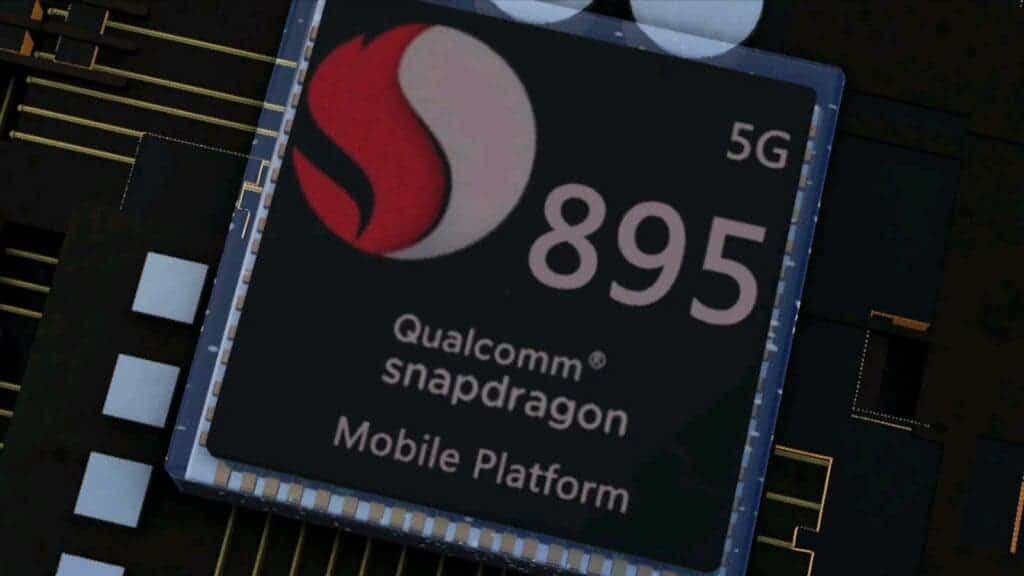
Gizchina News of the week
For now, we do not know the exact name for Qualcomm’s next-generation flagship chip. However, seeing that the 800-series digital names are at the end, Qualcomm will probably make new changes. To this end, there are reports that the company will adopt the “Snapdragon 895” or “Snapdragon 898”. However, most reports use Snapdragon 895 for now.
Snapdragon 895 SoC trails Exynos 2200
Back to the product itself, a revelation about the details of the Snapdragon 895 architecture recently hit the web. According to reports, the Snapdragon 895 innovatively uses a 1+3+2+2 four-cluster architecture. It uses the Kryo 780 super core based on Cortex-X2, the Kryo 780 core based on Cortex-710, the Kryo 780 energy-efficient core based on Cortex-510 (High Frequency), and the Kryo 780 energy efficiency small core based on Cortex-A510 (low frequency).
The Cortex-X2/A710/A510 is ARM’s latest public version design based on a 64-bit v9 instruction set. It replaces the Cortex-X1/A78/A55 respectively. On GeekBench 5 single-core running points, the single-core score is about 1,250 and the multi-core score hit 4,000. On Antutu, the score of this chip exceeds 1 million for the first time.
In the preliminary results on GeekBench 5, the single-core is about 10% higher than the Snapdragon 888. Furthermore, the multi-core score is also about 6% higher. This means that the single-core catches up with the Apple A13 while the multi-core score is the same as the Apple A14. Furthermore, the AnTuTu score is about 20% higher than the Snapdragon 888 SoC.
According to reports, the Exynos 2200 will come with Samsung’s new video accelerator. This chip will be the basis of the flagships, Galaxy S22 series. According to rumors, the chip will use the 4nm LPE process technology. In terms of its graphics performance, it will bypass the Snapdragon SM8450 chip with Adreno 730 graphics, which will be the successor to the Snapdragon 888 with the Adreno 660 graphics subsystem. Whether this is true or not, we will find out later, but the first conclusions can already be drawn. The results of the Exynos 2200 in the GFXBench benchmark look very optimistic.

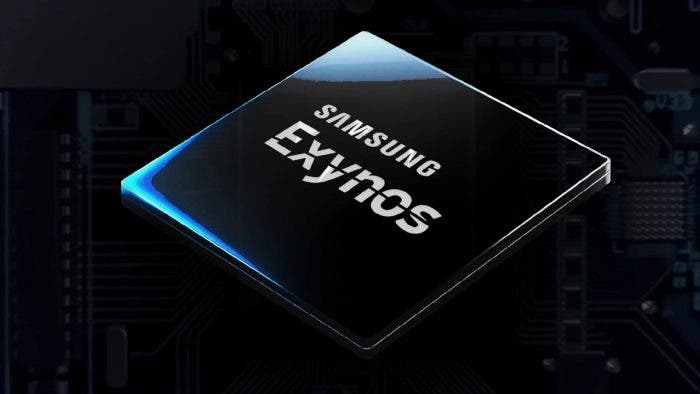
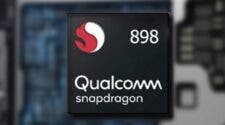
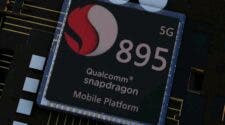

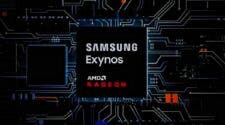
I'm assuming that all these numbers are green run numbers run the benchmark 3x then gimme the numbers. With Samsung chips throttled during most of the 3rd test qualcomm will give it a real good run
Two points need to be made in regard to the performance of the AMD/RDNA2 GPU equipped Exynos 2200 (or whatever it eventually gets called):
First, neither the Exynos 2200 nor the Apple A15 SoCs are products yet. So, it is impossible to say, at this stage, where the performance of the GPU in the A15 package will fall in relation to the Exynos RDNA2 part, although presumably graphics performance will be similar(ish).
Second, should the Exynos 2200 incorporated into next year's flagship Android phones from Samsung only score 1250 on Geekbench 5 (single threaded) that won't represent performance parity with the 2 year old A13. Furthermore, it would indicate that Samsung is having trouble realising the levels of performance projected by ARM for the X2 core (which, following ARM's estimations, should easily chalk up a score 1350 on Geekbench 5). Neither 5LPE nor 4LPE look like the right silicon nodes to bring out the best from the X2 core. And, if Samsung is unable to push performance towards its full potential that suggests that even with performance at a subdued level there are already power and thermal issues that Samsung is having to deal with.